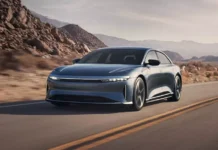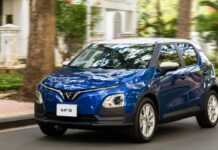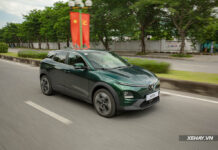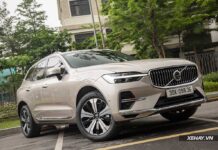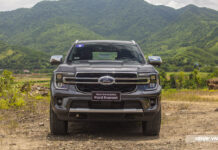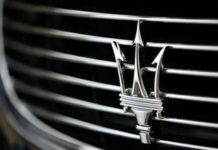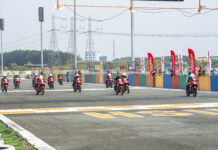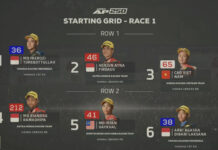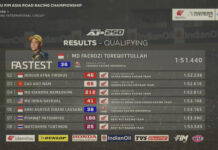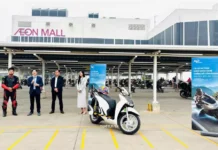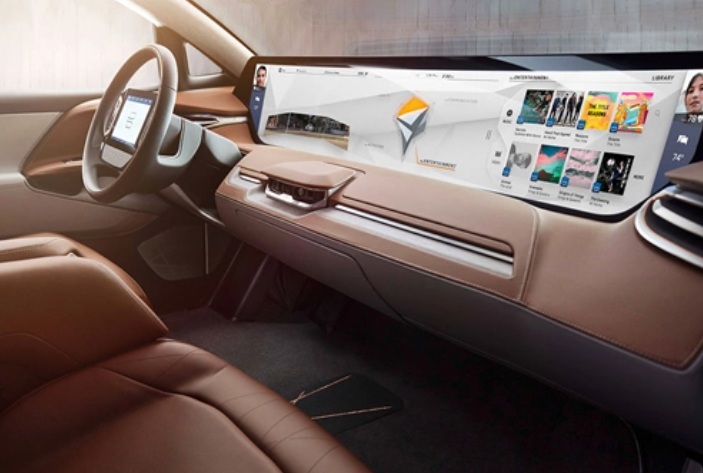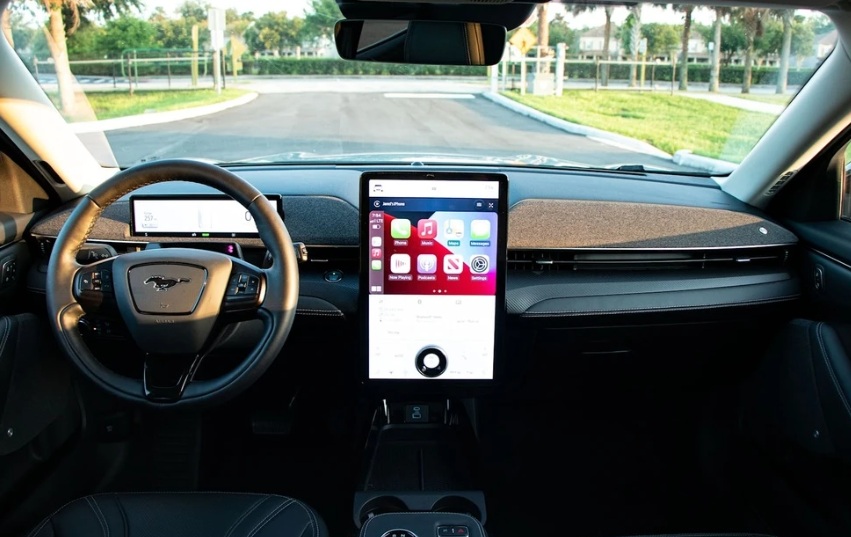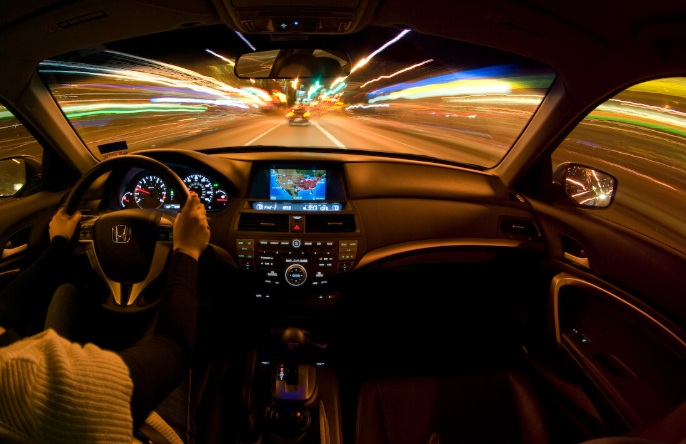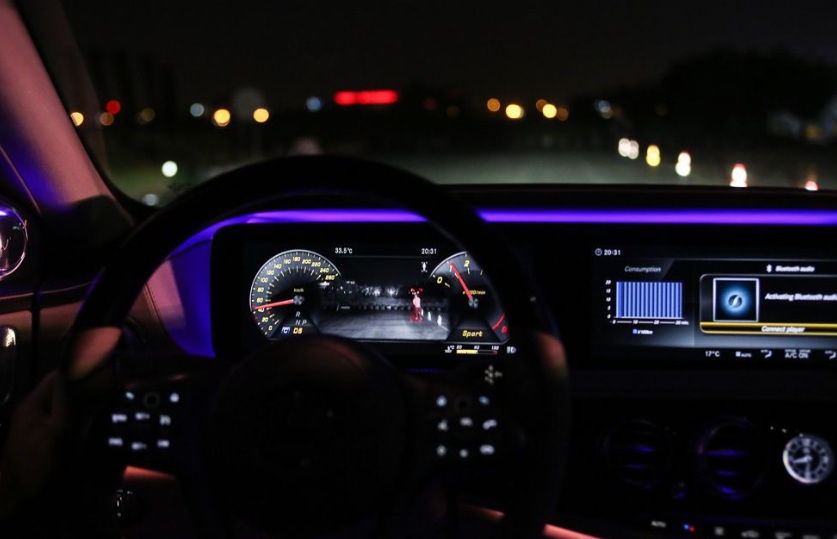In the modern era of automobiles, large central infotainment screens seem to have become an indispensable part of the driving experience.
However, as screens get bigger and brighter, they also pose a potential threat to safety, especially when driving at night.
According to experts, the intense light from these screens can cause glare, constricting pupils and reducing visibility in low-light conditions. Drivers may experience eye strain and dizziness, leading to slower reactions to unexpected situations on the road.
For screens larger than 12 inches, which are common in SUVs, premium sedans, and electric vehicles, the light can shine directly into the driver’s face, especially if the vehicle lacks automatic brightness adjustment.
A quick survey of Vietnamese automotive forums reveals that many users complain about overly bright screens causing glare and reduced visibility at night. Some vehicles even have screens placed high up, directly in the driver’s line of sight, resulting in direct light reflection into their eyes when driving after dark.
Mr. Tran Nam from Ho Chi Minh City, who owns a new SUV, shared, “During the day, the large screen looks great and is very convenient, but at night, it causes glare. When driving on a highway with minimal lighting, the eye strain is quite noticeable.”
Similarly, Ms. Nguyen Tam from Hanoi added, “I usually have to reduce the screen brightness to the lowest setting or turn it off completely when driving at night. While some vehicles have an automatic dimming feature when it gets dark, it’s not always optimal.”
According to experts, large screens with dynamic content also increase the risk of distraction. When one’s gaze is drawn to the screen instead of focusing on the road ahead, the likelihood of a traffic accident significantly increases.
Additionally, constantly adjusting between the bright screen and the dimly lit surroundings can cause eye fatigue. For long journeys, the blue light emitted by these screens can also lead to temporary sleep disturbances, affecting the driver’s alertness.
To mitigate the negative impact of large screens when driving at night, automakers should design interfaces with an effective “Night Mode” or “Dark Mode.” Some systems merely darken the background color while maintaining high brightness levels. In contrast, more premium vehicles are starting to incorporate ambient light sensors to automatically adjust screen brightness, a solution that should be standardized across the industry.
Drivers can also take proactive measures by manually adjusting the brightness settings at night. Some vehicles even allow for completely turning off the infotainment screen, retaining only essential information on the digital instrument cluster.
Additionally, reducing the frequency of glancing at the screen and focusing more on the road ahead, especially in low-light or adverse weather conditions, is crucial for safe driving.
A larger center screen does not necessarily equate to enhanced safety. In some cases, it may even introduce significant risks, particularly at night. As technology advances, striking a balance between convenience and safety should be a top priority, not only in design but also in how drivers interact with these systems.
TH (Tuoitrethudo)









